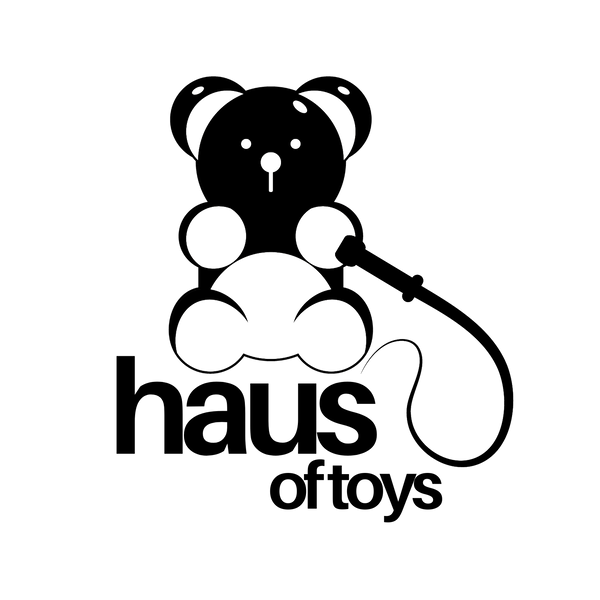The transgender community has been getting a lot of attention lately.
Recently, the majority of this attention has centered on public accommodations and the rights of transgender people to use the bathroom that matches their gender identity. All of this media attention leads many to believe that this new phenomenon of “being transgender” is a passing fad, that we’re giving too much attention to a new group of people that have just popped up. The only problem with this thinking? Transgender people have been around throughout all of human history! Hundreds of Cultures Honor & Celebrate Transgender People.

Transgender people have existed for as long as humans have been around. In fact, throughout the majority of human history we have recognized (and even celebrated) more than two genders.
Take a look at this map, which documents hundreds of cultures that acknowledged and honored those who exist outside of the two gender binary of only male and female. Throughout recorded history and since time immemorial, thriving cultures have recognized, revered, and integrated more than two genders. Terms such as transgender, gay, or bisexual are Western constructs that often assume three things: that there are only two sexes (male/female), as many as three sexualities (gay/straight/bisexual), and only two genders (man/woman).
Even after the end of the modern era and as the colonial period wanes, hundreds of distinct Indigenous societies around the globe still retain their own long-established traditions for third, fourth, fifth, or more genders. The subject of Two Spirit Fred Martinez, for example, was not a boy who wanted to be a girl, but both a boy and a girl—an identity his Navajo culture recognized and revered as nádleehí. Meanwhile, Hina of Kunu Hina is part of a native Hawaiian culture that has traditionally revered and respected mahu, those who embody both male and female spirit. It’s not uncommon for third gender people to perform critical spiritual and religious functions in their communities.
Among many Indigenous societies, two prominent features often distinguish the lives and social roles of third gender persons from those of cisgender persons or contemporary transgender persons in non-Indigenous societies. The first is that many Indigenous terms for third gender people contain both the word for “man” and “woman” in their construction, and that third gender people are seen as embodying both of those genders in diverse ways. The second is that the history of many third genders is in the community role of religious specialists, which also takes diverse forms, depending on the beliefs of diverse cultures. While not all third gender persons are defined in these terms, across our species, this phenomenon of the third gender religious specialist, healer, or spiritual worker has been part of our collective identity and human experience since time immemorial.
We know from lived experience that there are more than two ways to express your gender identity. In fact, science has proven there are at least 6 distinct biological sexes and limitless gender expressions.
Gender as Expression of Culture
Transgender people have always been visible, but thanks to new technologies, our stories are being shared with a much wider audience. Ground breaking television shows, a vibrant online community, and social media increase our visibility. This space in the public eye helps humanize transgender people and their stories. But this recent visibility is only telling a part of the story.
It is possible that your body, your brain, and your reproductive system could all be different biological sexes, or in some cases, biologically one sex but physiologically wired as another sex. It seems crazy but it happens regularly on an ordinary statistical distribution so it is simply part of human reproduction.
Think about that for a moment.

In the past few years, this subject has been very difficult to approach specially with cases like David Reimer and Riley Grant.
Be an ally, respect each other, support your friends and family! 🏳️⚧️ Happy Pride 🏳️⚧️


